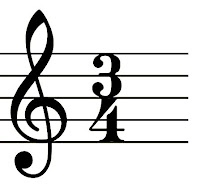Learn how to play piano chords
Learn how to play piano chords. This blogs will teach you piano playing tips from the expert professional pianists.
Sunday, 3 June 2012
Counting the Time
Sunday, 29 April 2012
Piano Sheet Music Unraveled
Sunday, 1 April 2012
Reading the Piano
One of the basic steps in your piano lessons is how to read the piano.
Learning and understanding how to read the piano and the easy piano notes are vital keys for success in any piano lessons whether it’s private or online piano lessons.
We’ll start with something simple. Let’s review the piano keys.
The piano keys are the white and black keys in a piano or a keyboard. By hammering or pressing or stroking down your fingers you will be able to create sound. These sounds are definite and exact in terms of reading it. For example, no matter where you play the key C in the piano it will always be a C, be it a lower C or a high C.
The black keys are often called as ebony while white keys are called ivories.
Common pianos have 88 keys. Grand and upright pianos are mostly available in 88 keys. There are other piano and keyboards that have lesser keys. Keyboards are known for having only 76 keys or 69 keys.
Having lesser keys limits what you play on the piano.

If you take a closer look at the image above, you’ll notice that it follows a certain pattern. This pattern is definite and it never changes whichever piano or keyboard you play.
The pattern as it follows: 5 white keys and 7 black keys. This makes up an octave. A piano with 88 keys usually have 7 octave and extra 4 keys.
These piano keys have a designated easy piano notes on each. It’s easy to remember on each octave because it will never change.
It is as follows; A, B, C, D, E, F, and G.
There is no H on the piano. When you stop at G just go back to A.

Tuesday, 13 March 2012
Get to know your Music Sheets
















